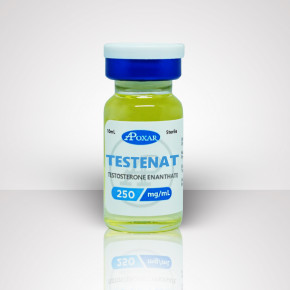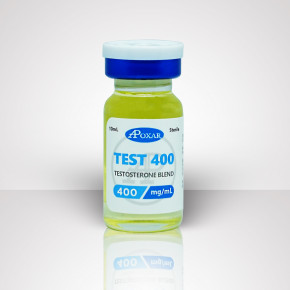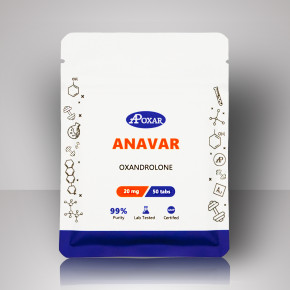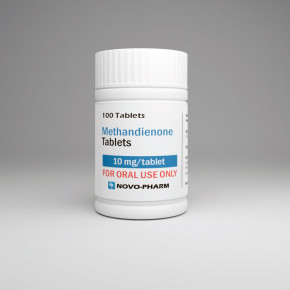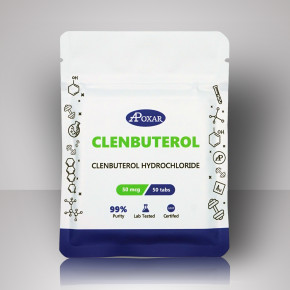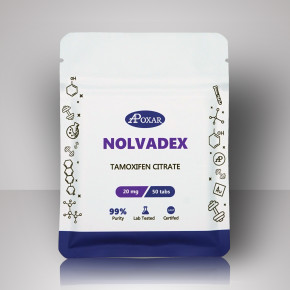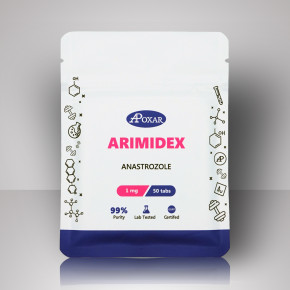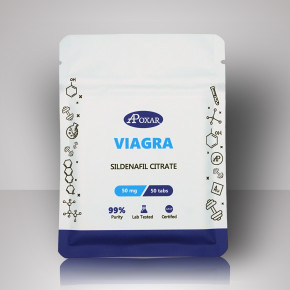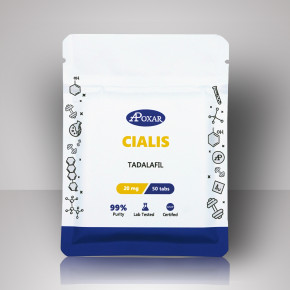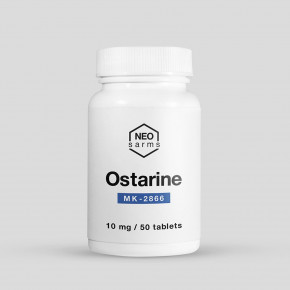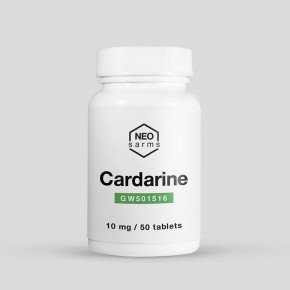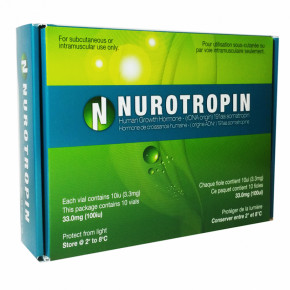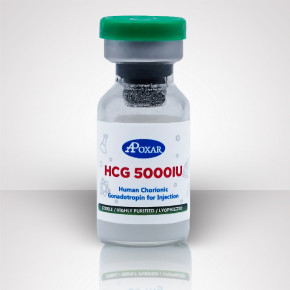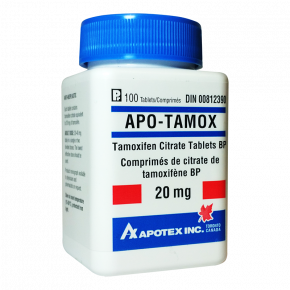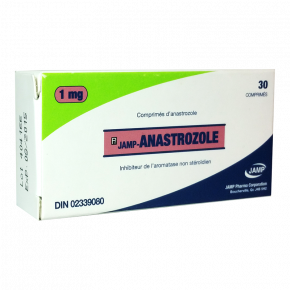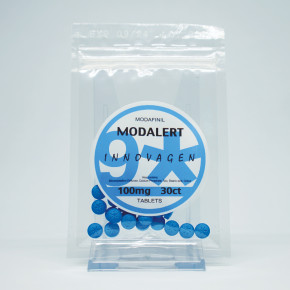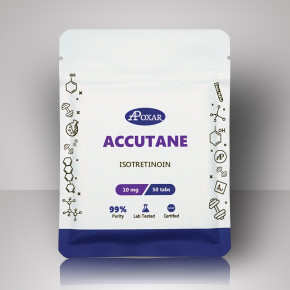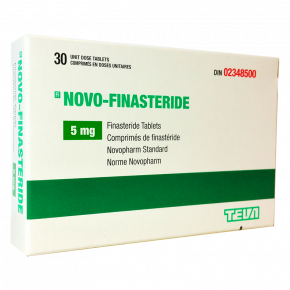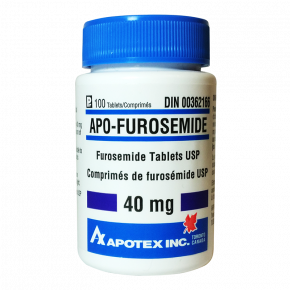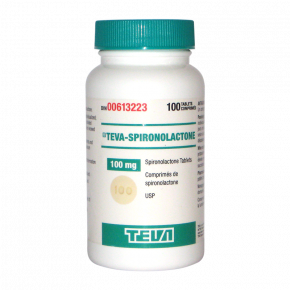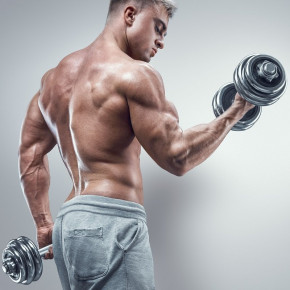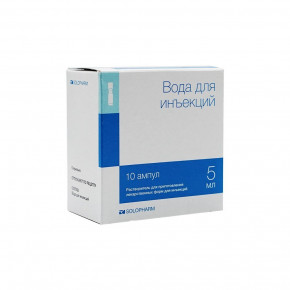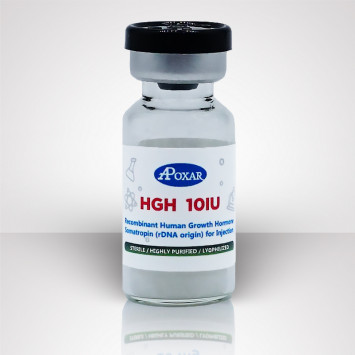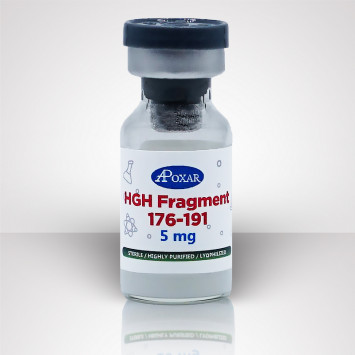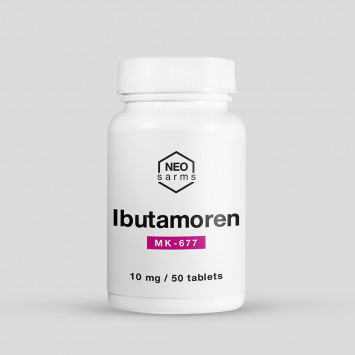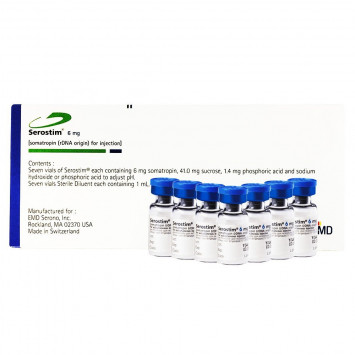 Free delivery for orders over $400
Free delivery for orders over $400HGH - Growth Hormone
-
Serostim HGH - Growth Hormone 126IU - MerckSerono
$1,650.00Out of stock
HGH - Growth Hormone Description
As its name suggests, the human growth hormone is an important mediator of the human growth process. This hormone is produced endogenously by the anterior pituitary gland and exists at especially high levels during childhood. Its growth-promoting effects are broad, and can be separated into three distinct areas: bone, skeletal muscle, and internal organs. It also supports protein, carbohydrate, lipid, and mineral metabolism, and can stimulate the growth of connective tissues. Although vital to early development, human growth hormone is produced throughout adulthood. Its levels and biological role decline with age, but continue to support metabolism, muscle tissue growth/maintenance, and the management (reduction) of adipose tissue throughout life. Somatropin specifically describes the pharmaceutical human growth hormone that was synthesized with the use of recombinant DNA technology. Somatropin (HGH) is biologically equivalent to the human growth hormone (HGH) of pituitary origin.
In a medical setting, somatropin is used to help treat a variety of health conditions. It is most notably prescribed in cases of childhood growth disorders that are characterized by insufficient growth hormone production. While usually not fully corrective, somatropin use is often capable of substantially increasing the linear growth rate and overall height before further growth is halted in adolescence. This medication is also used to accelerate growth in children that were born small and failed to catch up by the age of two. Other uses include the treatment of short bowel syndrome, growth failure due to renal insufficiency, muscle wasting associated with HIV infection, and adult growth hormone deficiency.
Growth Hormone (somatropin) is also sometimes prescribed to healthy men and women who are aging. Growth hormone levels tend to decline as we get older, and many physicians believe that its supplementation to more youthful levels can help slow some of the damage of aging. Given its beneficial metabolic effects on muscle mass, strength, energy, cell regeneration, and fat loss, there are many supporters of this use, even if HGH may not specifically retard the aging process. Note that in order to prescribe HGH for adult hormone deficiency in the U.S., the patient must have a diagnosed pituitary disease or history of childhood HGH deficiency. It is specifically illegal according to Federal law to prescribe growth hormone for any off-label use, which includes anti-aging and bodybuilding purposes.1
Somatropin may be given by either subcutaneous or intramuscular injection. During clinical studies, the pharmacokinetic properties of somatropin following both methods of use were determined. When given by subcutaneous injection, somatropin has a similar but moderately higher level of bioavailability (75% vs. 63%). The rate of drug metabolism following both routes was also very similar, with somatropin displaying a half-life of approximately 3.8 hours and 4.9 hours after subcutaneous and intramuscular injection, respectively. Baseline hormone levels are usually reached between 12 hours and 18 hours following injection, with the slower times seen with intramuscular use. Given the delayed rise in IGF-1 levels, however, which can remain elevated 24 hours after HGH injection, the metabolic activity of the human growth hormone will outlast its actual levels in the body. Although drug absorption is acceptable by both methods of use, daily subcutaneous administration is generally regarded as the preferred method of using somatropin.
A specific analysis of growth hormone activity shows a hormone with a diverse set of effects. It is anabolic to skeletal muscle, shown to increase both the size and number of cells (processes referred to as hypertrophy and hyperplasia, respectively). The hormone also seems to have growth-promoting effects on all organs of the body excluding the eyes and brain. Somatropin has a diabetogenic effect on carbohydrate metabolism, which means that it causes blood sugar levels to rise (a process normally associated with diabetes). Excessive administration of somatropin over time may induce a state of type-2 (insulin resistant) diabetes. This hormone also supports triglyceride hydrolysis in adipose tissue and may reduce body fat stores. Coinciding with this tends to be a reduction in serum cholesterol. The drug also tends to reduce levels of potassium, phosphorous, and sodium and may cause a decrease in levels of the thyroid hormone triiodothyronine (T3). The latter effect marks a reduction in thyroid-supported metabolism and can interfere with the effectiveness of extended therapy with somatropin.
Growth hormone has both direct and indirect effects. On the direct side, the HGH protein attaches to receptors in muscle, bone, and adipose tissues, sending messages to support anabolism and lipolysis (fat loss). The growth hormone also directly increases glucose synthesis (gluconeogenesis) in the liver and induces insulin resistance by blocking its activity in target cells. The indirect effects of growth hormone are largely mediated by IGF-1 (insulin-like growth factor), which is produced in the liver and virtually all other tissues in response to growth hormone. IGF-1 is also anabolic to both muscle and bone, augmenting growth hormone’s activity. IGF-1, however, also has effects that are strongly antagonistic to growth hormone. This includes increased lipogenesis (fat retention), increased glucose consumption, and decreased gluconeogenesis. The synergistic and antagonists effects of these two hormones combine to form the character of HGH. Likewise, they also dictate the effects of somatropin administration, which include the support of lipolysis, increased serum glucose levels, and reduced insulin sensitivity.
Growth Hormone is considered to be a controversial anabolic and performance-enhancing drug in the realm of bodybuilding and athletics. The main issue of debate is the exact level of potential benefit this substance carries. While studies with HIV+ patients in a wasting state tend to support potentially strong anabolic and anticatabolic properties, studies demonstrating these same effects in healthy adults and athletes are lacking. During the 1980s, a large body of myth surrounded discussions of HGH in bodybuilding circles, which may have been fueled by the high cost of the drug and its very name (“growth hormone”). It was once thought to be the most powerful anabolic substance you could buy. Today, the recombinant human growth hormone is much more affordable and readily obtained. Most experienced individuals now tend to agree that it is the fat-loss-promoting properties of somatropin that are most obvious. The drug can support muscle growth, strength gains, and increased athletic performance, but its effects are generally milder than those of anabolic/androgenic steroids. For a highly advanced athlete or bodybuilder, however, somatropin can help push body and performance further than might have been possible with steroids alone.
History
The first human growth hormone preparations to be used in medicine were made from pituitary extracts of human origin. These are now commonly referred to as cadaver growth hormone preparations. Approximately 1 mg of HGH (a 1-day dose) could be obtained from each cadaver. The first successful treatment with human cadaver GH was reported in 1958.2 Soon after these medicines were introduced to the market, and were sold in the U.S. until 1985. The Food and Drug Administration banned them that year after they had been linked to the development of Creutzfeldt-Jakob’s disease (CJD), a highly degenerative and ultimately fatal brain disorder, in a number of patients. The disease can be transmitted from one person to another under exceptional circumstances (usually blood transfusion or organ implantation are involved) and was likely caused by the extraction of hGH from infected cadavers. CJD has a very slow incubation period and has been diagnosed anywhere from 4 to 30 years after therapy with growth hormone of cadaver origin. As of 2004 estimates, at least 26 patients that received cadaver GH drugs in the United States have been diagnosed with the disease.3 The overall incidence of this disease is less than 1%, as approximately 6,000 patients are documented to have received the medication.
The FDA approved the first synthetic human growth hormone drug in 1985. Synthesis produced a pure hormone without biological contamination, eliminating the possibility of CJD transmission. The drug approved was called somatrem (Protropin), and was based on a manufacturing technology developed by Genentech in 1979.4 Somatrem came at an important time given the removal of cadaver GH by the FDA that same year. This hormone is actually a slight variant of the HGH protein but displays the same biological properties of the natural hormone. Protropin was initially very successful being it was the first synthetic GH product. By 1987, however, Kabi Vitrum (Sweden) had published methods for the production of pure synthetic somatropin with the exact amino acid sequence of endogenous growth hormone.5 It was also discovered that the unnatural structure of somatrem causes a much higher incidence of antibody reactions in patients, which can reduce drug efficacy.6 Somatropin would come to be viewed as a more reliable drug and would dominate the global market within several years. Today, although somatrem products are still sold, somatropin retains the vast majority of HGH sales worldwide.
How Supplied
Somatropin is most commonly supplied in multi-dose vials containing a white lyophilized powder that requires reconstitution with sterile or bacteriostatic water before use. Dosage may vary widely from 1mg to 24mg or more per vial. Somatropin is also available as a stabile pre-mixed solution (Nutropin AQ) that is biologically equivalent to reconstituted somatropin.
Structural Characteristics
Somatropin is a human growth hormone protein manufactured by recombinant DNA technology. It has 191 amino acid residues and a molecular weight of 22,125 daltons. It is identical in structure to human growth hormone of pituitary origin.
Storage
Do not freeze. Follow package insert for storage information. Refrigeration (2º to 8ºC, 35º to 46º F) may be required before and after reconstitution.
Side Effects (General)
The most common adverse reactions to somatropin therapy are joint pain, headache, flu-like symptoms, peripheral edema (water retention), and back pain. Less common adverse reactions include inflammation of mucous membranes in the nose (rhinitis), dizziness, upper respiratory infection, bronchitis, tingling or numbness on the skin, reduced sensitivity to touch, general edema, nausea, sore bones, carpal tunnel syndrome, chest pain, depression, gynecomastia, hypothyroidism, and insomnia. The abuse of somatropin may cause diabetes, acromegaly (a visible thickening of the bones, most notably the feet, forehead, hands, jaw, and elbows), and enlargement of the internal organs. Due to the growth promotion effects of human growth hormone, this drug should not be used by individuals with active or recurring cancer.
Side Effects (Impaired glucose tolerance)
Somatropin may reduce sensitivity to insulin and raise blood sugar levels. This may occur in individuals without preexisting diabetes or impaired glucose tolerance.
Side Effects (Injection site)
The subcutaneous administration of somatropin may cause redness, itching, or lumps at the site of injection. It may also cause a localized decrease of adipose tissue, which may be compounded by the repeated administration at the same site of injection.
Administration
Somatropin is designed for subcutaneous or intramuscular administration. One milligram of somatropin is equivalent to approximately 3 International Units (3 IU). When used to treat adult-onset growth hormone deficiency, the drug is commonly applied at a dosage of .005/mg/kg per day to .01mg/kg per day. This equates to roughly 1 IU to 3 IU per day for a person of approximately 180-220 lbs. Long-term maintenance dosage is established after reviewing the patient’s IGF-1 levels and clinical response over time.
When used for physique- or performance-enhancing purposes, somatropin is usually administered at a dosage between 1 IU and 6 IU per day (2-4 IU being most common). The drug is commonly cycled in a similar manner to anabolic/androgenic steroids, with the length of intake generally being between 6 weeks and 24 weeks. The anabolic effects of this drug are less apparent than it's lipolytic (fat loss) properties, and generally take longer periods of time and higher doses to manifest themselves.
Other drugs are commonly used in conjunction with somatropin in order to elicit a stronger response. Thyroid drugs (usually T3) are particularly common given the known effects of somatropin on thyroid levels, and may significantly enhance fat loss during therapy. Insulin is also commonly used with somatropin. Aside from countering some of the effects somatropin has on glucose tolerance, insulin can increase receptor sensitivity to IGF-1, and reduce levels of IGF binding protein-1, allowing for more IGF-1 activity 7 (growth hormone itself also lowers IGF binding protein levels).Anabolic/androgenic steroids are also commonly taken with somatropin, in an effort to maximize potential muscle-building effects. Anabolic steroids may also further increase free IGF-1 levels via a lowering of IGF binding proteins. Note that the stacking of somatropin with thyroid drugs and/or insulin is usually approached with great care and caution, given that these are particularly strong medications with potentially serious or life-threatening acute side effects.
Availability
Somatropin is produced by many different drug companies and is distributed in virtually all developed countries. The most common brand names include Serostim (Serono), Saizen (Serono), Humatrope (Eli Lilly), Norditropin (novo nodisk), Omnitrope (Sandoz), and Genotropin (Pharmacia). Be aware that growth hormone products are extremely high-value targets for drug counterfeiting operations. By this author’s estimation, the majority of products sold on the black market are in fact not real growth hormone preparations.
References:
- Section. 303(e)(1)/FDCA, 21 U.S.C. 333(e)(1)
- Treatment of pituitary dwarf with human growth hormone. Raben MS. J Clin Endocrinol Metab 18:901-903 1958.
- Long term mortality in the United States cohort of pituitary-derived growth hormone recipients. J Pediat 144:430-436.
- Pioneering recombinant growth hormone manufacturing: pounds produced per mile of height. J Pediat 131:55-57.
- Production of Authentic Recombinant Somatropin. Linda Fryklund. Acta Paediatrica Volume 76 Issue s331 Page 5-8, January 1987.
- Five-year follow-up of growth hormone antibodies in growth hormone deficient children treated with recombinant human growth hormone. G Massa et al. Clin Endocrinol 38(2) 137-42 (Feb 1993).
- Identification of an insulin-responsive element in the promoter of the human gene for insulin-like growth factor binding protein-1. J Biol Chem

